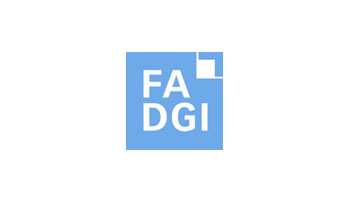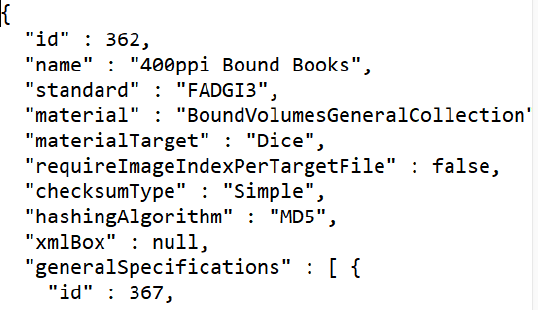
The Federal Agencies Digital Guidelines Initiative (FADGI) Technical Guidelines for Digitizing Cultural Heritage Materials: Third Edition was published in May 2023 as a comprehensive revision of the 2016 Technical Guidelines. The latest edition of the guidelines expands on earlier versions and incorporates new material reflecting advances in imaging science and cultural heritage digitization best practices. This paper presents an overview of the document history, the FADGI Still Image Working Group's motivations and approach for this revision project, the updates to the document, and future applications.

While we now have mature, proven guidelines (FADGI) which provide solid recommendations on how to create proper master files, beyond targets and the ability to measure them, the cultural heritage community lacks easily consumable, flexible specifications for conducting actual projects. Moreover, there is a general lack of examples of FADGI-compliant Statements of Work, leading to much re-invention of the wheel and even to library and archival personnel deciding to not use FADGI at all. This puts inexperienced users at a decided disadvantage and creates a formidable barrier to entry for new practitioners who want to use the FADGI guidelines on their projects. As discussed in this paper, a DIO (or Digitization Information Object) is a data model encompassing all technical parameters of a still image digitization project. At its core, the DIO schema is intrinsically tied to FADGI, and enforces FADGI compliance through its use. It provides a common, machine-readable instruction set for digitization-facing software programs. This allows consuming applications to be quickly and precisely configured per-project to specify output image parameters, configure post-processing workflows, verify both working files and huge batches of completed content at scale, and even to provide plain-English text for a project's Statement of Work -- all from the same DIO JSON file.

In the 1960's Peter J Scott and colleagues at the now National Archives of Australia developed a new way of documenting records known as the Australian 'Series' System. Adopted by public records institutions in Australia and New Zealand, and selectively around the world, this approach forms the basis of the National Archives Commonwealth Record Series (CRS) system. In 2018 following views expressed that digital records pose a serious challenge to traditional ways of contextualization it was decided to review the CRS system in this respect. This paper looks at the process of that review and the eventual development of an enhanced model merging concepts from PREMIS with the CRS to enable a more flexible approach of documenting records in all forms.

35mm still image formats are some of the most abundant photographic film types in cultural heritage collections. However, their special handling needs coupled with high resolution digital capture requirements have traditionally posed logistical constraints with regard to the formats' digitization at scale. Through the use of a programmable X-Y table camera capture system, both slide and strip 35mm photographic film can be digitized in an automated fashion following Federal Agencies Digitization Guidelines (FADGI).